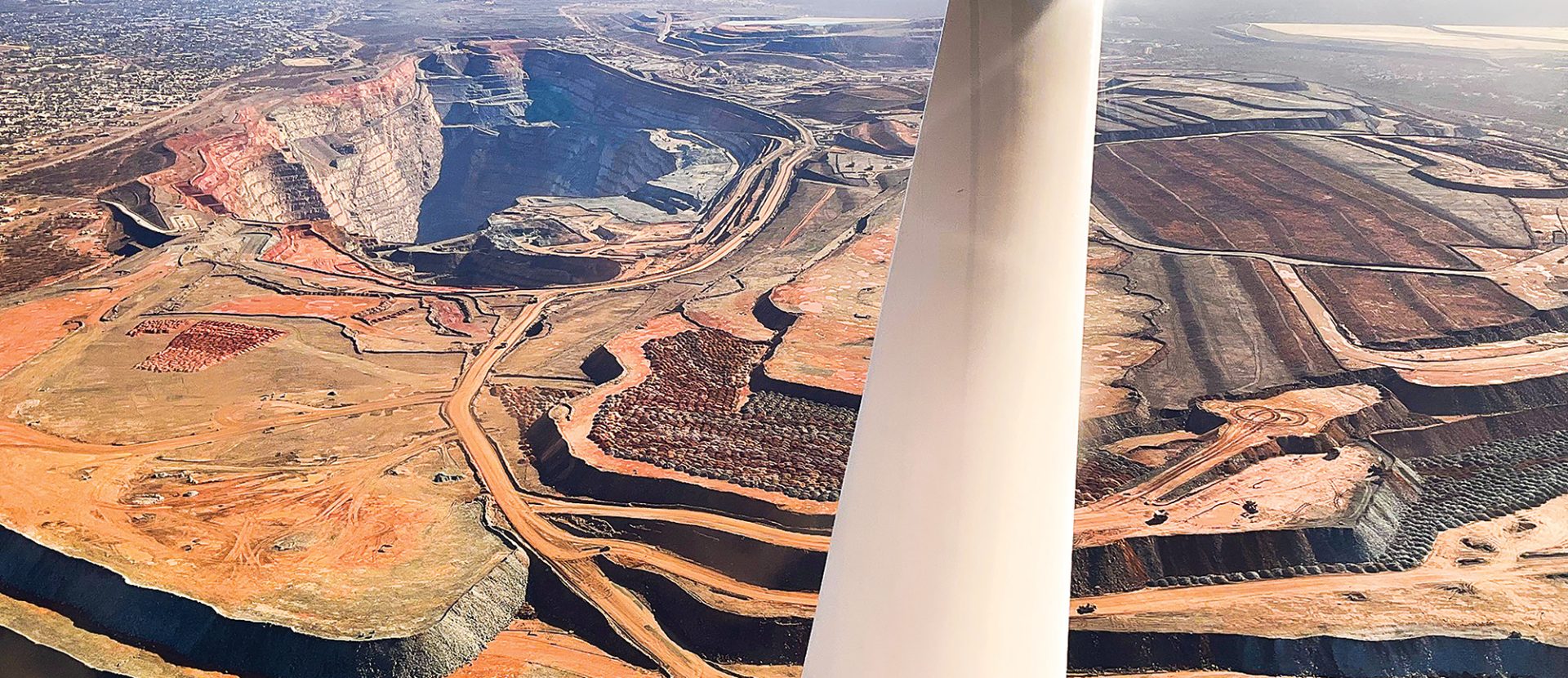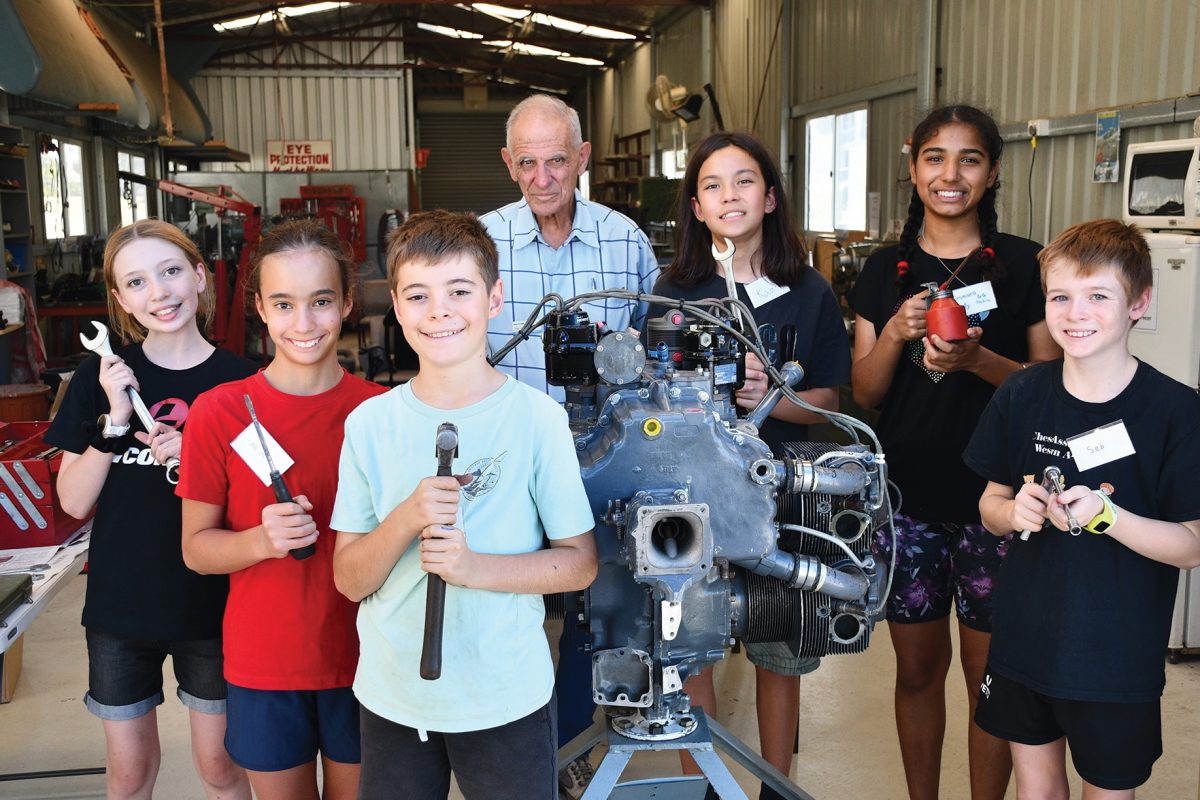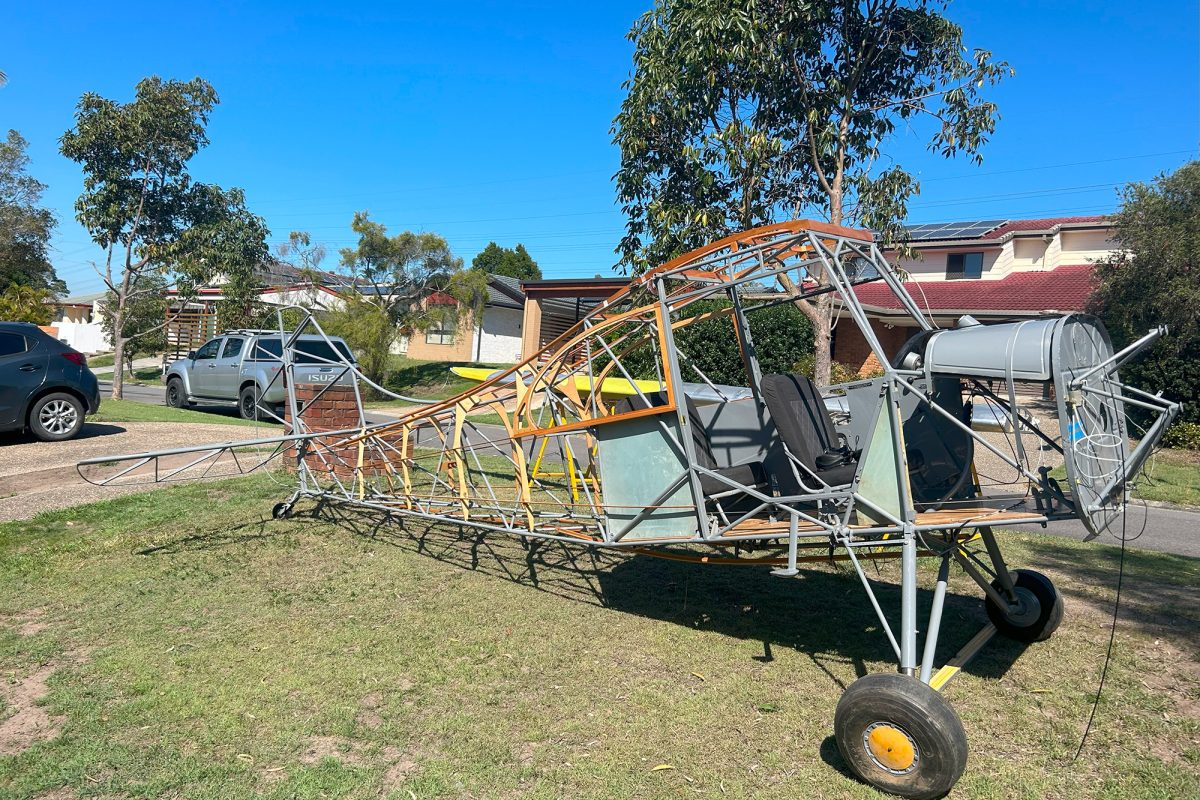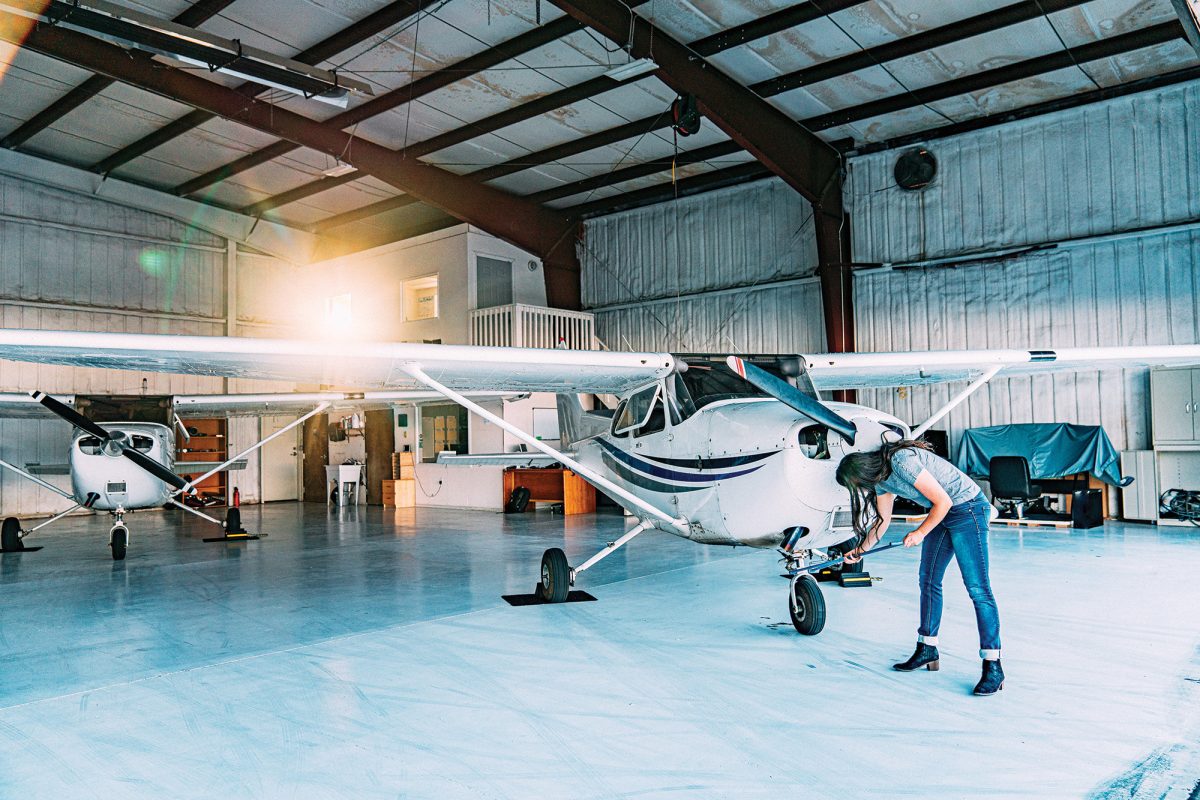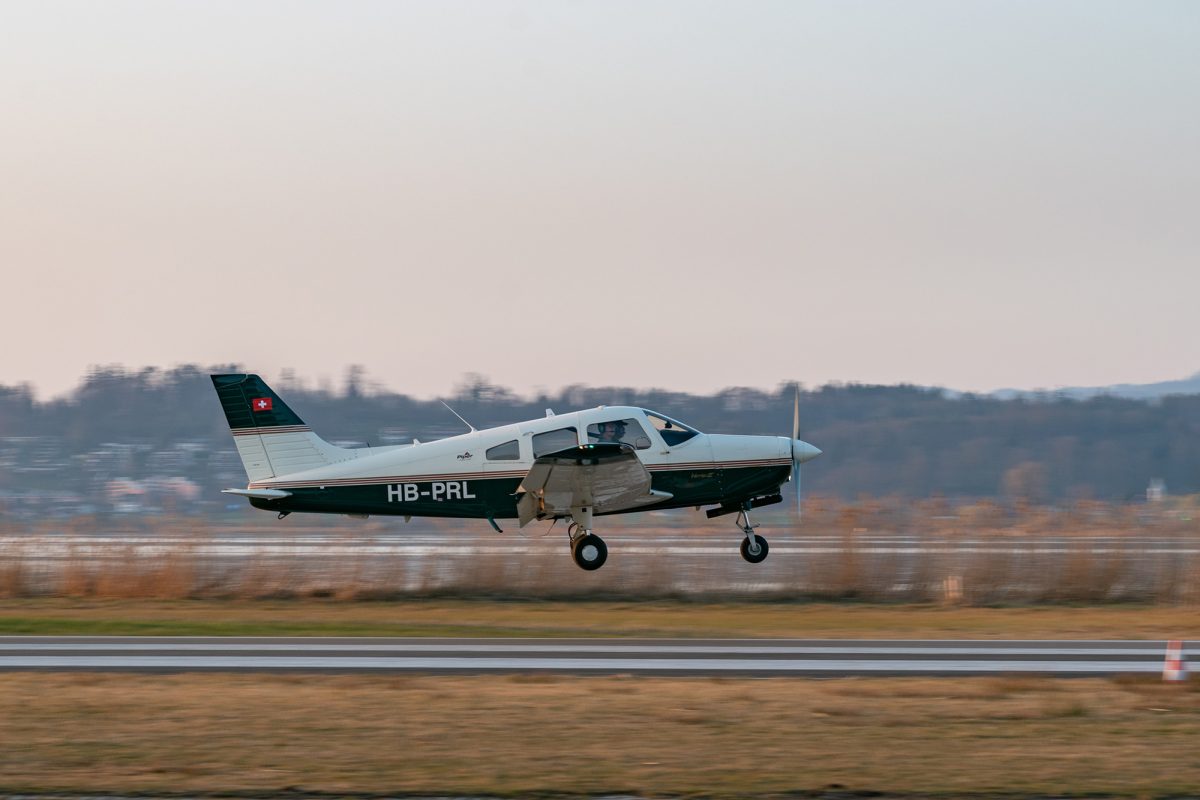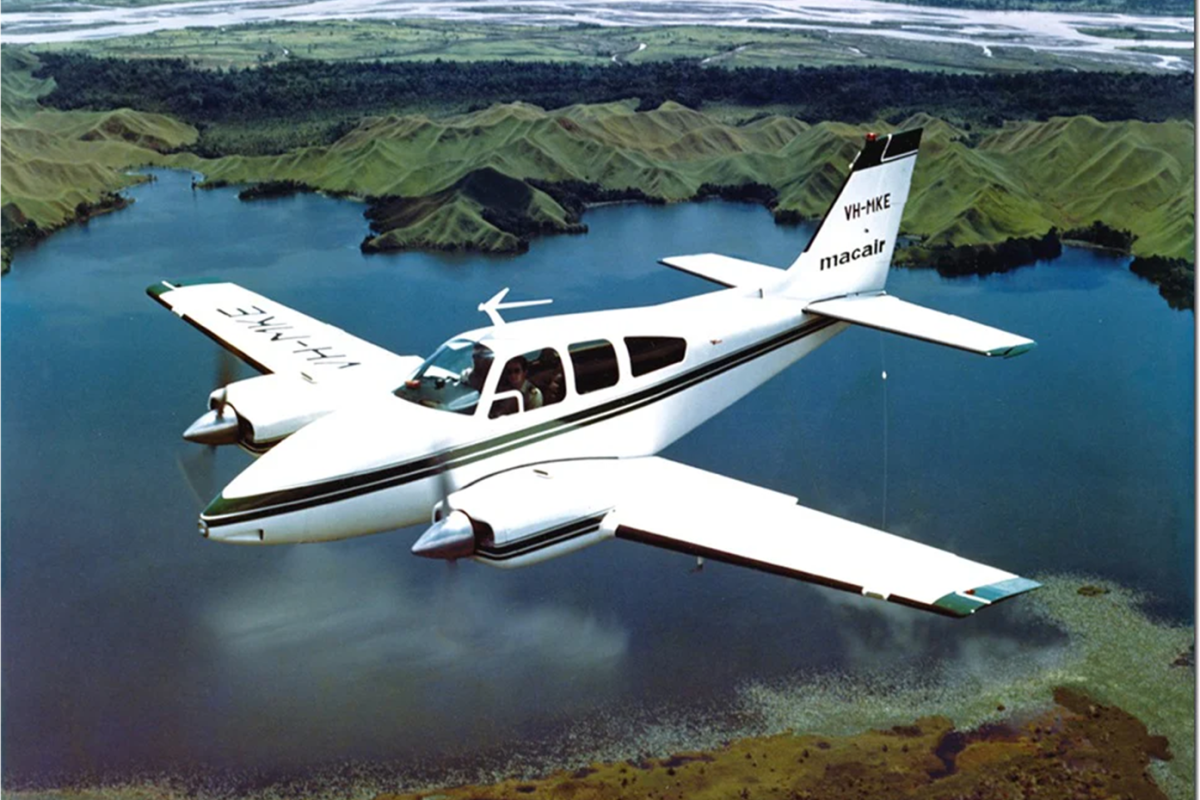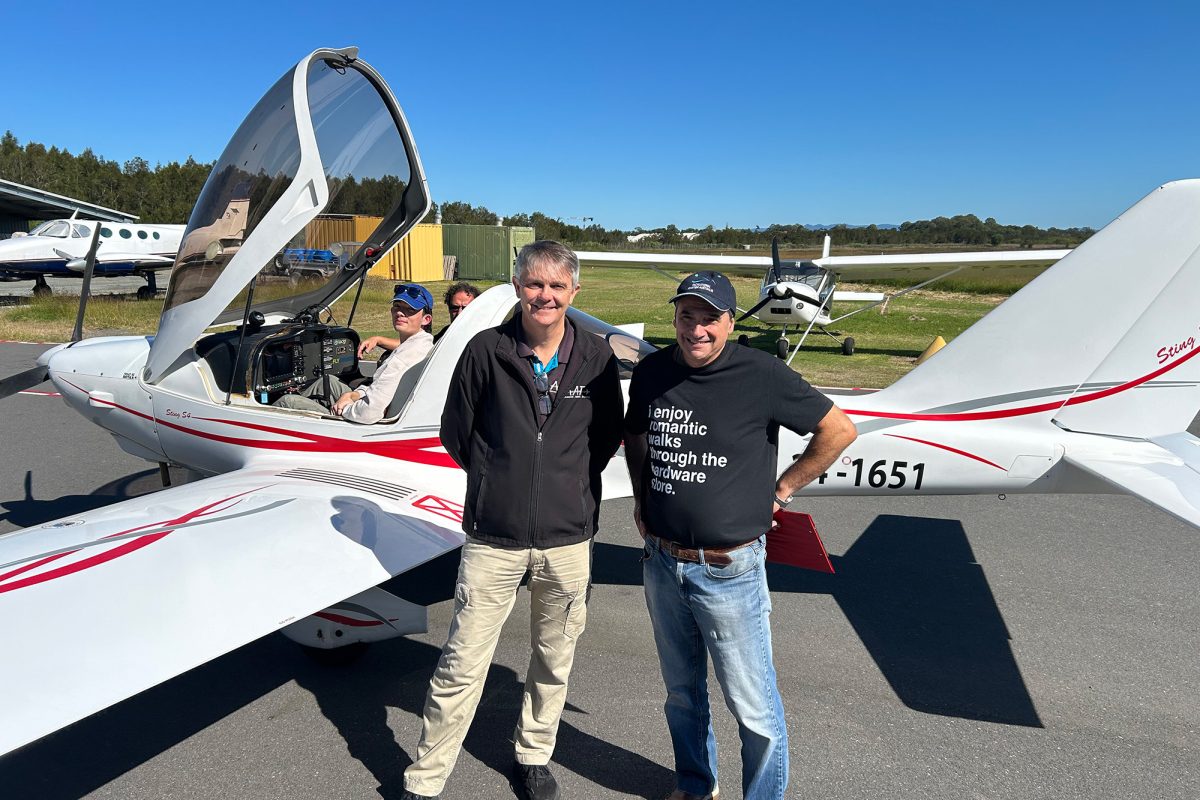ON BOARD FOR THE ILLAWARRA FLYERS’ 2023 AIR SAFARI
Like many regional airports, Shellharbour Airport (YSHL) has its fair share of local aircraft and pilots. In Shellharbour’s case, this group is called The Illawarra Flyers (TIF) and includes owners of a full range of aircraft. We have roughly 60 RAAus and VHregistered aircraft owned by TIF members, and more than 100 pilots on our mailing list for regular weekly broadcasts.
Over the years, TIF aircraft owners have done many flying safaris and covered most of the country. Safaris used to be marathons of five weeks, flying almost every day, involving up to 14 aircraft.
Marathons meant flying every day and dealing with the weather. Because we had deadlines to meet, accommodation was prebooked and we would forfeit our money if we didn’t arrive on time. We were younger then too. It was about the flying; the journey more so than the destination.
Now we tend to take our time and stay a few days at key spots, hire cars and do the tourist thing. There are now fewer TIF members who have the time, money, and inclination to do a safari, but we do at least one each year and will continue to do so while there is interest.
In 2023 we had three aircraft over five weeks, heading across to Western Australia to do The Warlu Way, an area of the Pilbara we had not covered properly before.
The crew consisted of Russ & Kay in their J230, Ben & Simone in a J230 and Maggie & Dave in a TL Sirius. Two others waved us off, so to speak, with Ben accompanying us to Cobar in his RV4 and Ray through to Tibooburra in his Piper Arrow.
Russ Pollock, the TIF chief safari organiser, wanted us to see the Channel Country, particularly the Georgina River that eventually feeds water into Lake Eyre. We’d hoped to see this country after heavy rains in northern QLD caused widespread flooding, with water working its way downstream to Lake Eyre.
In winter it’s sometimes difficult to get out of Shellharbour (YSHL) with a 2000ft sandstone escarpment to the immediate west, so we often give ourselves a meeting place west of the ranges. Dayone got us all together at Cobar and we were on our way. Tibooburra was the next overnight stop, then Innamincka for lunch and onto Birdsville for the night.

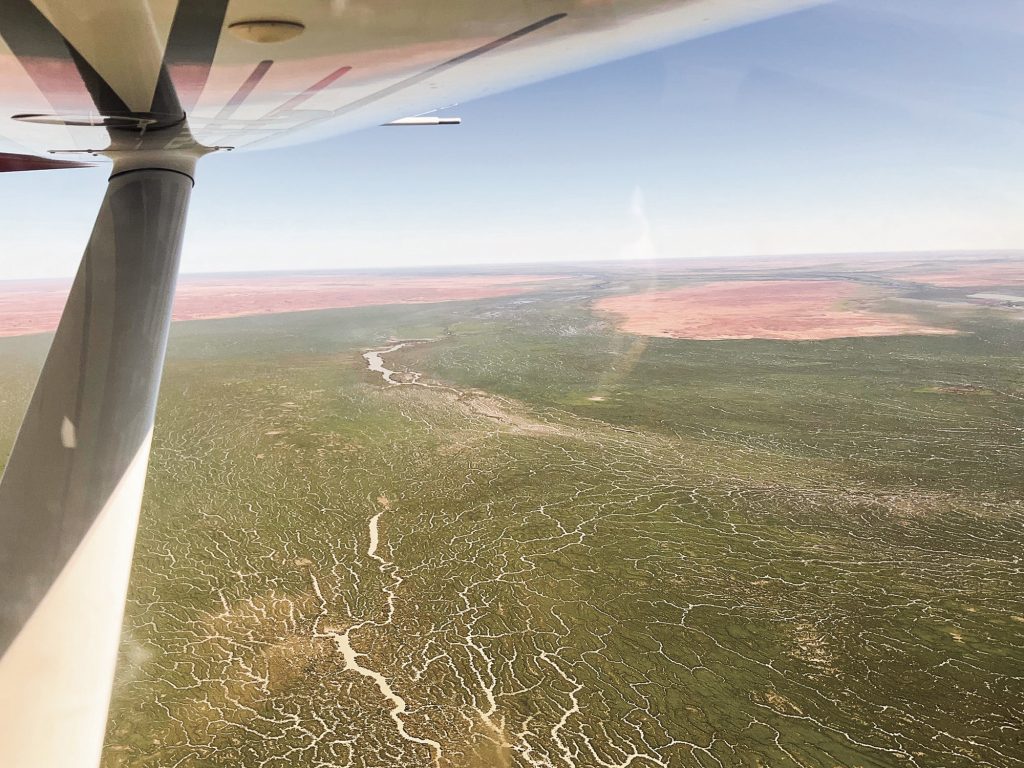
From Birdsville to Bedourie and Boulia, cross country to Barkly Homestead, was the first highlight of the trip. Country that is usually dry and barren had turned a brilliant green as the floodwaters slowly trickled south. The vast, usually yellow grassland of Mitchell Plains had come to life, for a few months at least. We used Roxborough Downs and Georgina Downs as waypoints across this vast empty space devoid of roads and other landmarks.
The Barkly airstrip is some distance from the roadhouse, but we taxied along a dirt track and parked under some gum trees. Campers were rather amused to see us park, get out our wheely suitcases, and go to the servo to pick up keys for cabins.
From Barkly Homestead, we had gained permission to land at Victoria River Downs (YVRD) for fuel. Ben’s J230 got a puncture on landing, and their resident LAME kindly did a tube change. The Victoria River Downs Station operates R22s for mustering, and there were about 12 helicopters on a well-kept grass area beside the main building. They are a friendly bunch and offered us shade and cold drinks while waiting on the repair.
We flew onto Kununurra (YPFU) in WA later that day, where we had planned to stop a few days and do some touring. We travelled to Wyndham, the most northly town in WA, and took a boat trip down the Ord River.
As we had pre-planned four days at Broome, we flew from Kununurra to Derby to position ourselves to get into Broome (YBRM) before the tower opened at 8am. We found Broome actually busier than expected early in the day, with a number of Cessna C208 Caravans leaving for the Horizontal Waterfalls, Derby, Mitchel Plains and Bungle Bungles.
Ben’s aircraft had experienced intermittent radio problems in recent days, so going into Broome I used my standby frequency to stay in touch with him & Simone. I got a serve from ATC on landing for not listening out on the area frequency. ATC was dealing with all these departing aircraft and I was not monitoring this frequency as required.
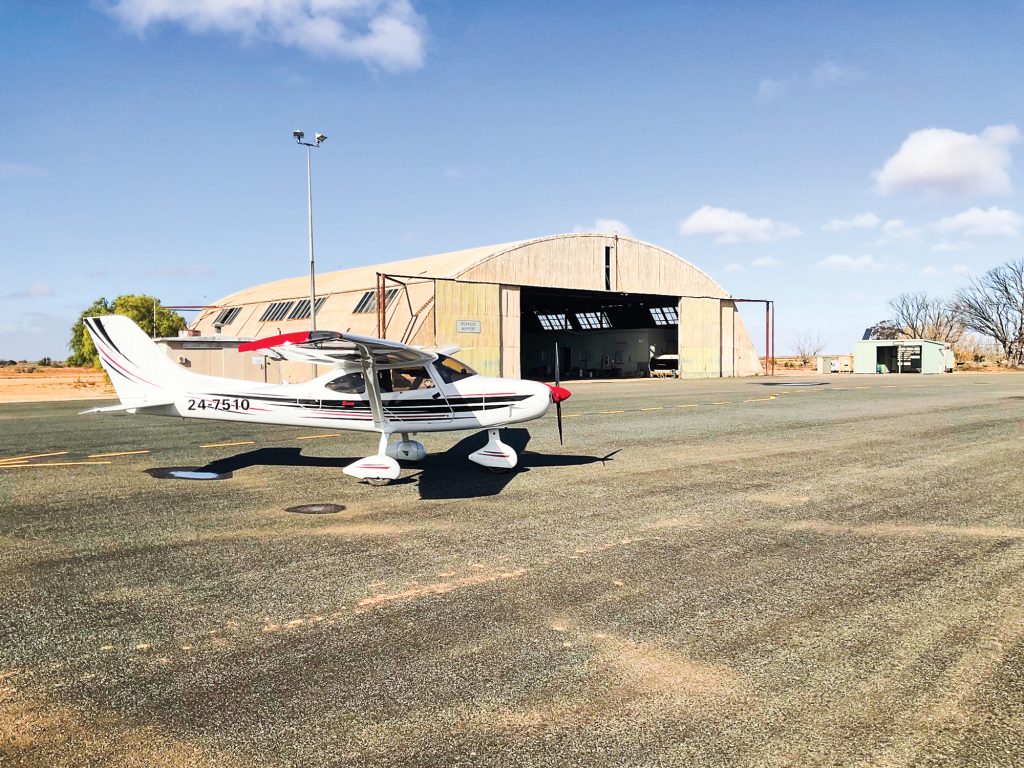
From Broome (leaving early before the tower opened), we flew down to Port Headland (YPPD) where most of the Pilbara’s iron ore is loaded onto ships. We refuelled and flew onto Newman (YNWN), a major mining town. We had booked SUVs, and our three aircraft were tied down for four days while we did some sightseeing. The AROs at these secondary airports are most helpful. They can suggest where best to park and will keep an eye on your aircraft. They also generally know the best place to eat in town. With lots of helicopters based at YNWN, tying down away from the aircraft movement area was a key consideration and the ARO helped us out finding a suitable spot.
Onslow is where gas from Barrow Island comes onshore and is piped down to Dampier, liquified, and shipped overseas. It’s a lovely coastal town with an airport used almost exclusively for FIFO. That meant no 100LL, only Jet A1 and a modest terminal with only one private hangar. It’s also a popular getaway for WA Grey Nomads escaping the winter. The caravan park was full to overflowing with vans, boats, big Eskys and satellite dishes.
Rio Tinto Access Road is a privately-owned rail access road that follows the train line taking iron ore from Tom Price to Karratha. It requires a valid permit to use the road, as ore trains are driverless and not going to stop for anyone at level crossings. That was an interesting day’s drive.
After about 2500km driving around the Pilbara we returned to Newman. We all did an oil change (having now done 25 hours’ flying) in readiness for flying down to Meekatharra (YMRK), another mining town further south. Meekatharra is a modest town and one night was all that we needed before flying onto Kalgoorlie (YPKG). We set off but needed to turn back due to rain showers coming through. We sat it out in the terminal, waiting for conditions to improve. Sometime later, a Saab 340 twin-engine turboprop dropped in, and the crew suggested we might try again as the weather south was improving. Conditions improved and we got going, dodged some showers, and got through to Kalgoorlie with the odd rainbow to brighten up the trip.
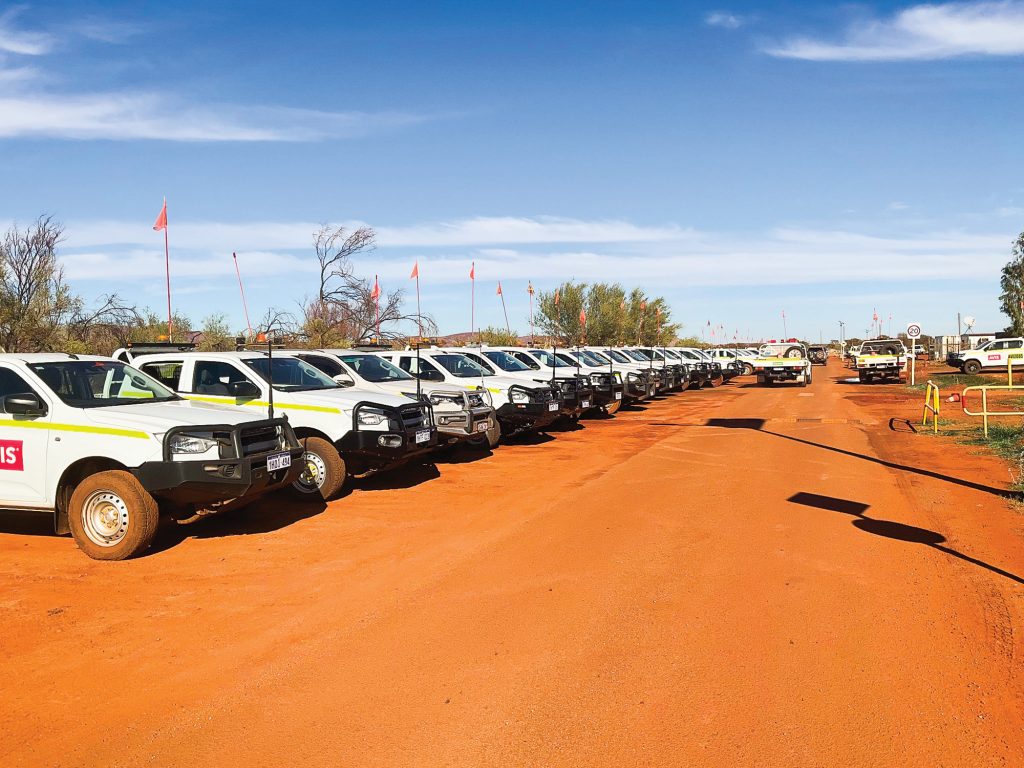
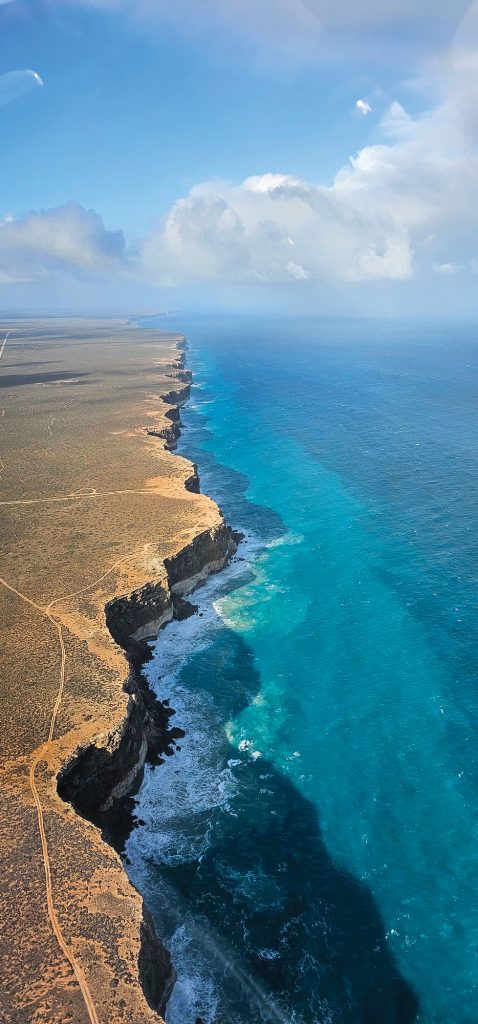
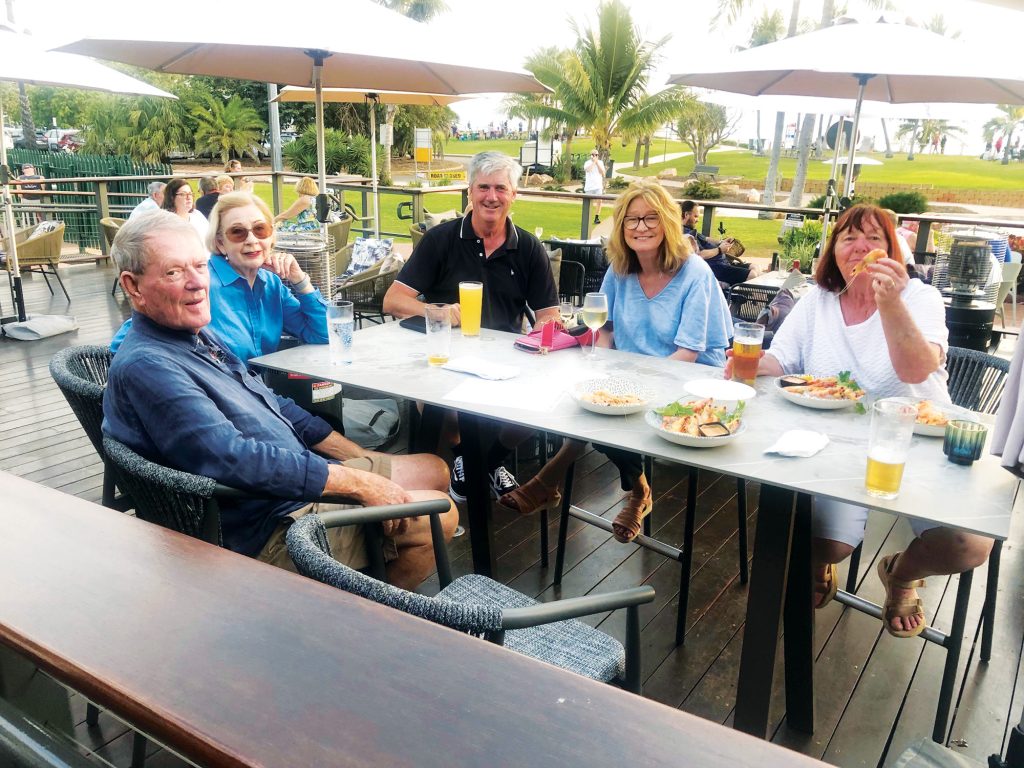
Kalgoorlie’s open-cut gold mine dominates the landscape. Generally speaking, we book accommodation ahead of time, but because we were not sure of getting through, we winged it. As it turned out, accommodation was in short supply as the mines were closed for routine maintenance. All available accommodation was bulk-booked for personnel from Perth. We eventually secured lodgings in an old bank building, owned by the pub, after pleading that we three couples were too old to share single beds with our spouses.
Timing is everything when crossing the Nullarbor in winter. You either leave before the ‘cold front’ hits Kalgoorlie and keep going, or you wait until the front passes and follow it. Being in no particular hurry, we stayed a second night and let the front pass.
It was clear skies but cold when we loaded up for the 3-hour flight to Forrest (YFRT) due east of Kalgoorlie. Forrest is situated on the Indian Pacific rail line, making navigation a breeze. Before leaving Kalgoorlie, we rang to put the caretaker on notice three aircraft would be dropping in for fuel. Ben’s Jabiru proved difficult to start, but thanks to the helpful staff at Goldfields Aero Club and their battery cart, we got it going.
Forrest (YFRT) is a substantial airport literally in the middle of nowhere. It was a refuelling stop in the days RPT aircraft could not do the East Coast to Perth nonstop in strong westerly winds. Today it’s a convenient refuelling and comfort stop, for the likes of us. The caretaker couple sell fuel and provide limited accommodation and meals in some old DCA and BOM houses. We had previously booked motel rooms at the Nullarbor Roadhouse two hours further east, so it was a short stop for fuel only.

There was water on the ground at Forrest and we caught up with the cold front we had been following. The Nullarbor was flat and featureless and with showers still about, we headed due south for the coast to follow it along to the Nullarbor Roadhouse. The roadhouse has its own airstrip, sells AVGAS, has motel accommodation, cold beer, and a restaurant of sorts. Simone got a great photo of the Great Australian Bight when we got to the coast and turned east.
Two aircraft got away at Nullarbor Roadhouse, but Ben’s J230 starter would not engage. Being resourceful, Simone asked drivers heading east if they could get a lift to Ceduna. A sheep farmer and his son obliged, and they waited a day in Ceduna for a flight to Adelaide, then Sydney.
The other J230 and Sirius flew onto Port Augusta, where we needed to stay a few days until the weather cleared and we could continue east. We filled in time going to Whyalla and Quorn for a ride on the Pichi Richi railway steam train. Finally, the weather cleared enough to clear foothills of what becomes the Flinders Ranges. We were on the home run. First stop Wentworth for fuel, then onto Hay for the night. Next day onto Temora and home to Shellharbour. Five weeks in all.
These annual safaris are a great winter escape for us southerners. The weather in northern Australia is generally benign in June, July, and August with clear skies the norm. However, getting into and out of our home airport YSHL can be a bit difficult during winter months. So not being in a rush to leave or get home is important.
We have a few rules we follow to keep the group together. After getting airborne we all listen out so we separate ourselves vertically and horizontally. Quite often ATC sees us and check that we are aware of each other’s proximity, which is appreciated. Deciding who lands first is generally sorted out before getting onto the CTAF to self-separate our arrivals. Fuel throughout WA is mostly BP with no credit card option, so get a card before setting off. A couple of places now require the FuelCharge App too.
Flying around Australia is not as daunting as it might seem, provided you have a good GPS, preferably two. A transponder or SkyEcho is also highly recommended. ADSB and EFB with real time weather and traffic overlays are now a real asset for us RAAus pilots, and give other traffic like RPT and charter operators a heads up. Airspace boundaries are clearly shown and, most importantly, when a Restricted Airspace is activated, we are alerted to this in real time. All this technology has greatly enhanced our awareness and safety in the time that we have been doing these trips.
PS: Ray flew Ben across to Nullarbor Roadhouse in his Piper Arrow to pick up his J230. We have an unwritten policy of not leaving TIF members’ aircraft stranded. Planning is underway for our big next trip!
